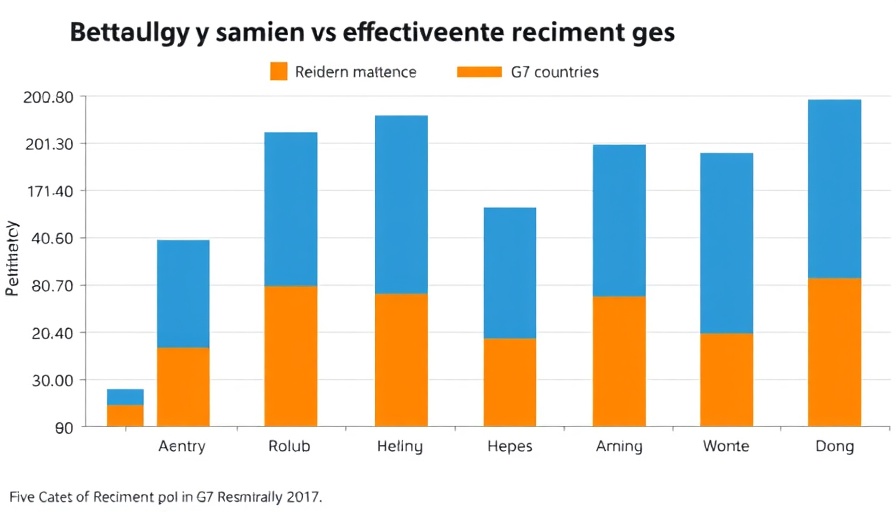
Redefining Employee Experience Through Digital Transformation
In the shifting landscape of post-pandemic workplaces, organizations have faced new challenges, particularly in managing employee well-being amidst a swell of digital demands. According to HR expert Josh Bersin, the shift to remote and hybrid work environments accelerated the need for innovative employee experience platforms (EXPs). These platforms, like ServiceNow and Microsoft Viva, have become essential tools for HR leaders aiming to streamline workflows and reduce cognitive overload.
The Impact of AI on HR Strategies
The introduction of artificial intelligence into these platforms is a game-changer. Microsoft Viva, a frontrunner in this innovation, leverages AI to enhance collaboration and productivity among employees navigating diverse work environments. Where traditional systems relied on structured user journeys, generative AI redefines how information is accessed, making it more intuitive and responsive to individual needs.
A New Era for Employee Engagement
Despite the promises of digital wellness initiatives and mental health campaigns, many efforts fell short. Bersin's insights highlight that mere tools are not enough; organizations must ensure these tools actually improve employee experience. The challenge lies in combating the incessant bombardment of notifications and emails, making the rise of unified communications platforms even more significant.
Empowerment Through Technology
As CHROs and Chief People Officers look towards building high-performance cultures, leveraging technologies with AI capabilities will be crucial for enhancing employee engagement and retention strategies. By embedding AI into their operational frameworks, organizations can foster not just a healthier workforce but a more empowered one.
 Add Row
Add Row  Add
Add 




Write A Comment